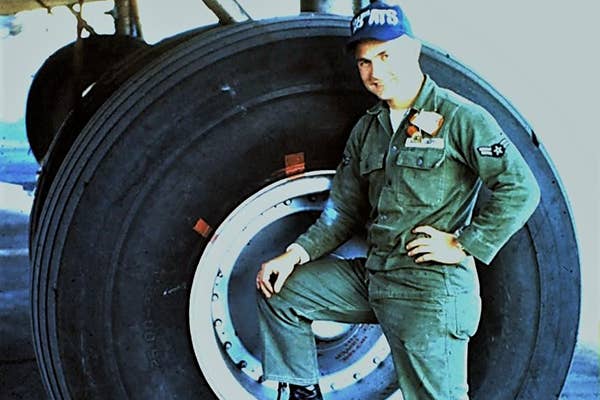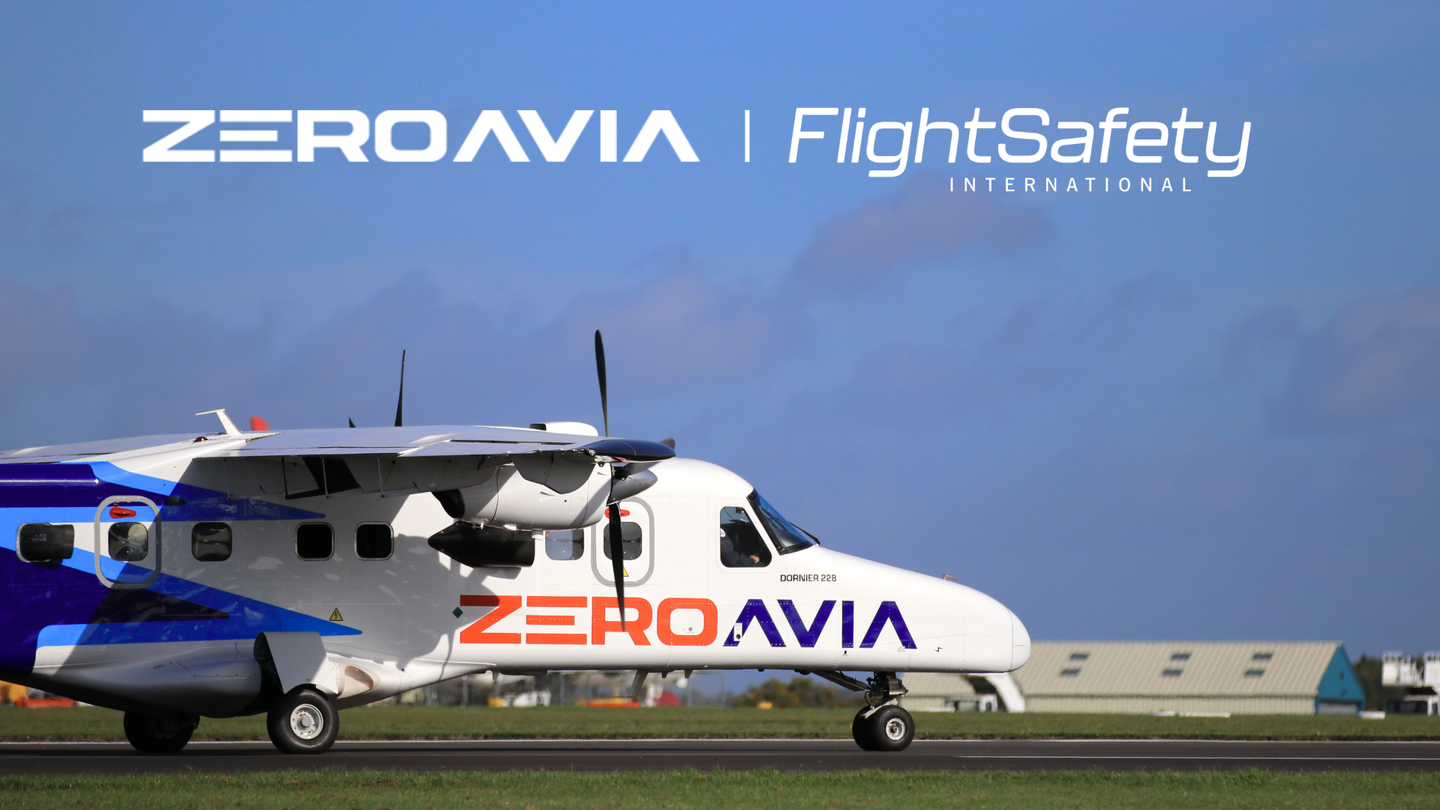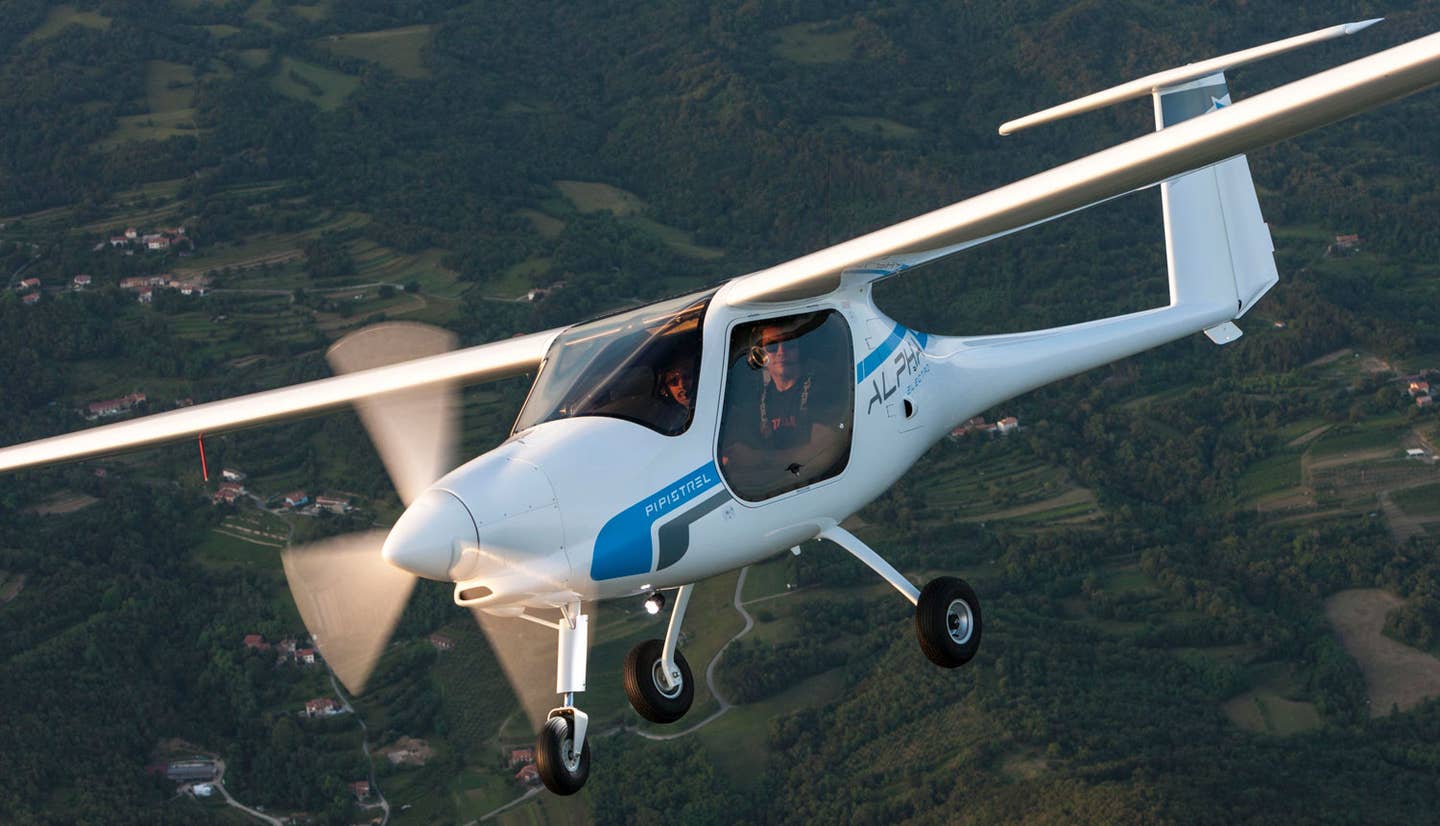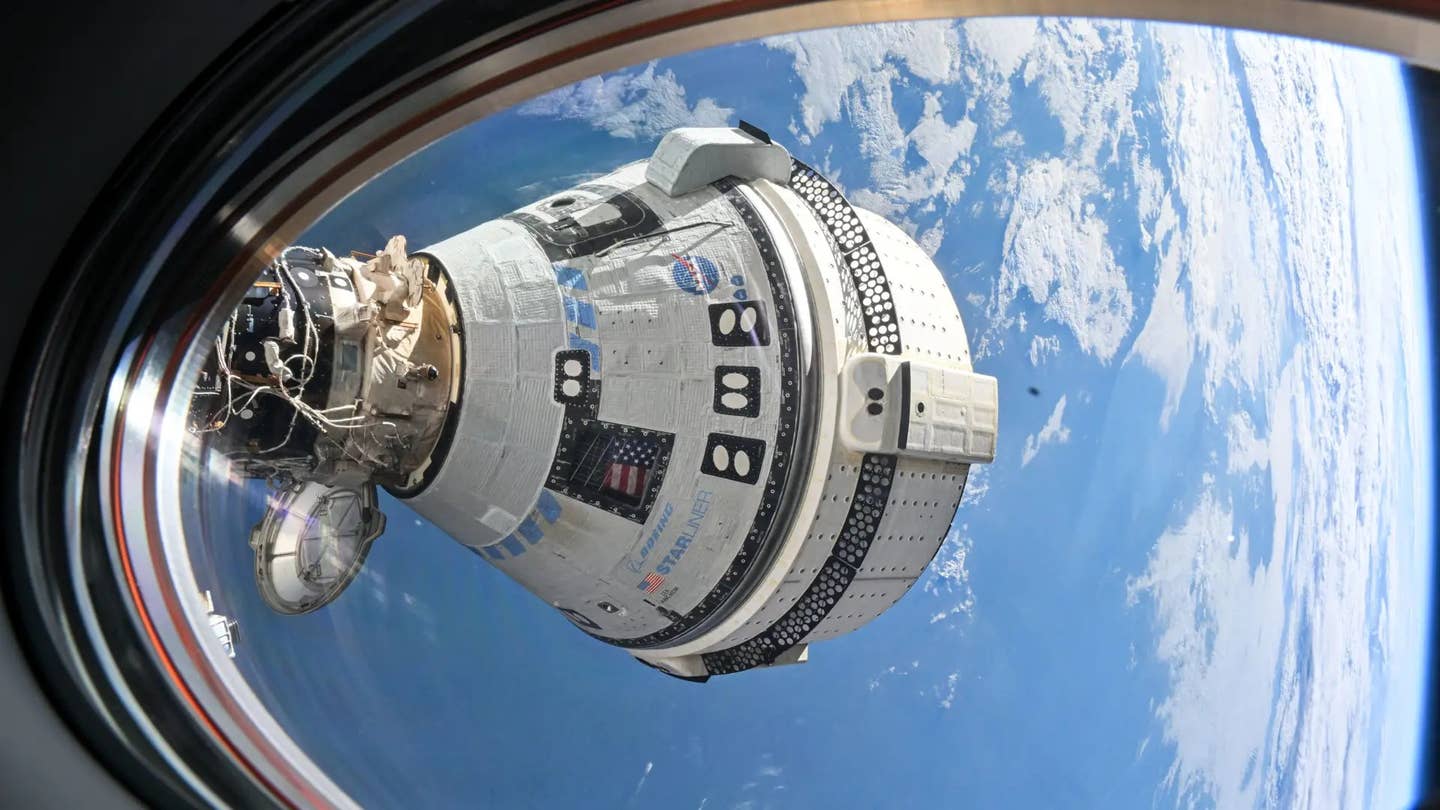The Nuts and Bolts of the C-124
A retired Air Force maintenance technician recalls working on one of these famous aircraft.

Steve Childers in front of the landing gear of a C-124. Contributed photo
Stephen Childers joined the U.S. Air Force in October 1961, just four months after graduating from Del Norte County High School in Crescent City, California, in the far northwestern corner of the Golden State. After basic training and aircraft maintenance tech school at Sheppard Air Force Base in Texas, Childers was assigned to the 28th Air Transport Squadron at Hill Air Force Base in Utah.
“I had to get a map to find out where Utah was,” Childers recalls.
At the time, the C-124 was the largest transport the USAF had. From 1959 to 1961, they were used to transport everything from nuclear missiles to servicemen. They were used heavily in Korea and would be extensively used in Vietnam.
“Ours were all 1952 models with serial numbers in the 900s. One of them was 52-0999,” says Childers. He spent four years at Hill AFB working on the graveyard shift from 12 a.m. to 7 a.m.
One of his duties was helping with basic postflight inspections of aircraft that returned during the graveyard shift.
“We would open up the cowling and inspect the four 28-cylinder R-4360 engines for oil leaks and damaged exhaust stacks,” Childers recalls. “I distinctly remember a plane that had returned from a roundtrip to Japan. We opened the cowling on the number 3 engine that night and a stack fell right out onto the stand. The four studs that should have been in the cylinder head were still firmly bolted to the stack, but where they should have been, there were now just four big holes.”
Another early-morning inspection revealed a fuel leak in the accessory section of the number 2 engine where the fuel line attaches to the fuel pump.
The aircraft was supposed to launch, Childers says, and the attachment point had been tightened, but it was still leaking.

Sign-up for newsletters & special offers!
Get the latest FLYING stories & special offers delivered directly to your inbox






